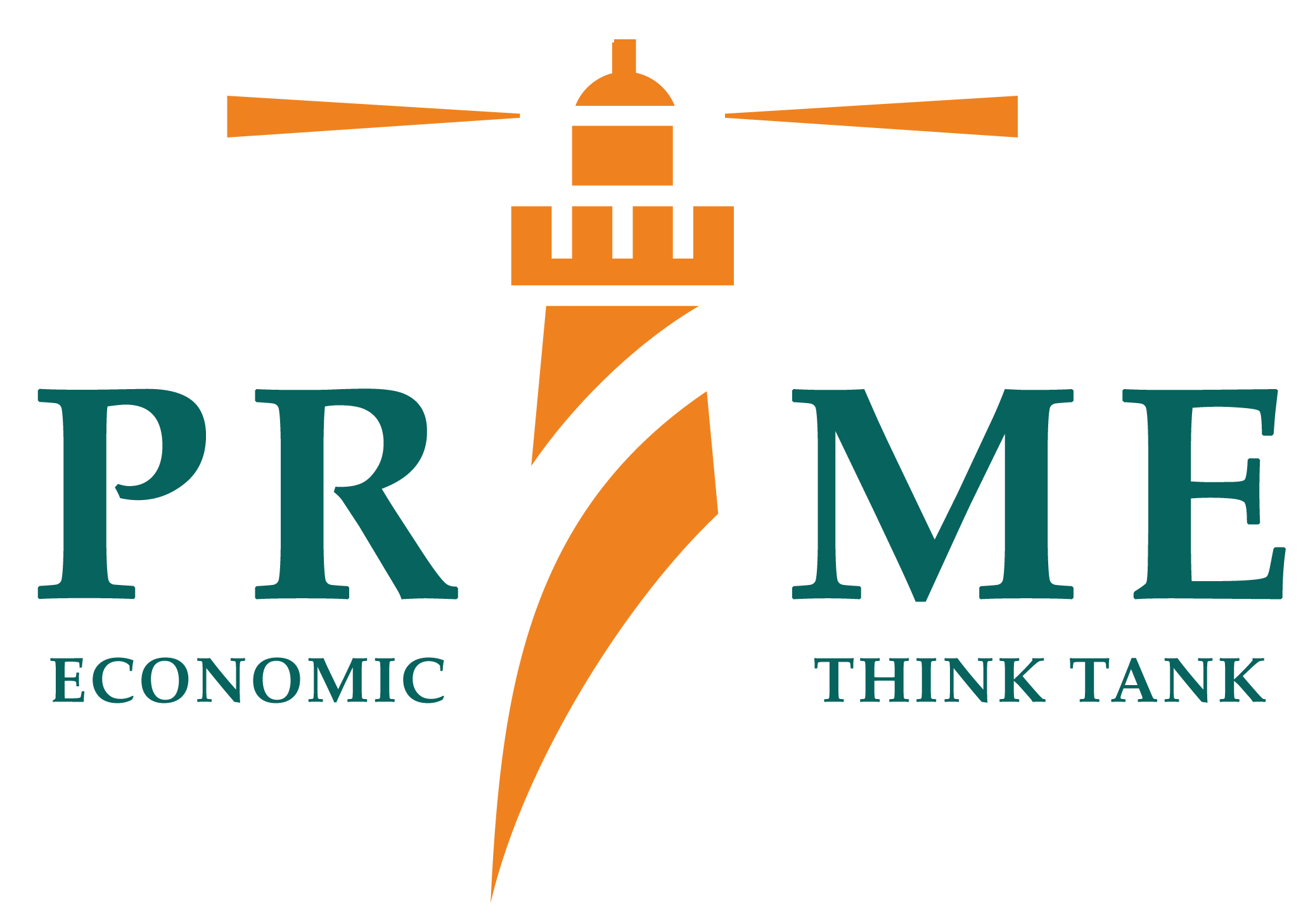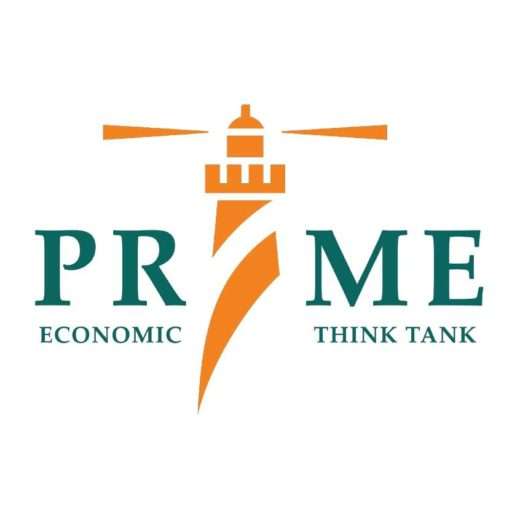Taxes impose a burden on those taxed and the burden can be proportionate or proportionately higher or lower relative to income. The burden is termed as incidence and is designated as progressive if the burden of the tax is higher on the rich and regressive if it is higher on the poor. Generally, direct taxes, i.e. taxes on income, wealth, property, etc., are found to be progressive and indirect taxes, i.e. sales taxes, customs duties, excise duties, etc., are found to be regressive. A tax regime that is progressive is said to be equitable and fair.
In Pakistan’s case, about 40 percent of federal tax revenue is accrued from direct taxes and 60 percent from indirect taxes. However, over two-thirds of income tax is collected in advance as withholding tax and is, in eect, indirect in nature. Thus, if the withholding tax component is excluded, the eective share of direct taxes falls to a mere 12 percent, with the eective share of indirect taxes rising to 88 percent. In this respect, attention to the incidence of taxes, particularly indirect taxes, is rendered pertinent. There have been a number of studies of the incidence of taxes. According to Kazi (1984), rich farmers in agriculture sector are under-taxed. Malik and Saqib (1989) and SPDC (2004) report the entire tax system to be regressive, i.e. a greater proportion of the burden falling on the poor. SPDC (2004) has estimated that the richest 10 percent of the population pays 10 percent of their income in taxes, the same is 16 percent for the poorest 10 percent of the population. GST, in particular, is shown to claim 9 percent of the income of the poorest 10 percent of households, but less than 6 percent of the income of the richest 10 percent. Refaqat’s (2008) results are mixed ranging from progressive to proportional, with the incidence of GST on food and clothing shown as regressive.


